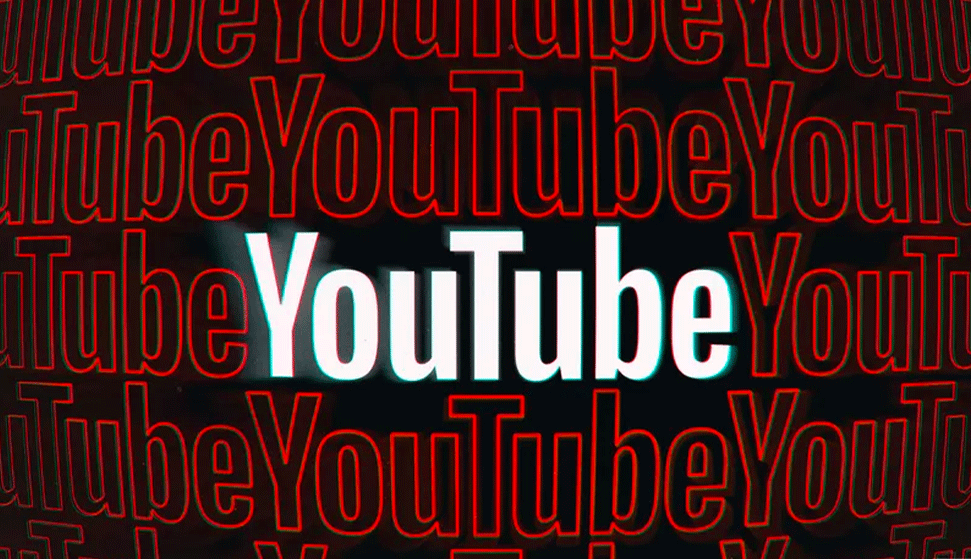
Starting today, YouTube will begin running ads on some creators’ videos, but it won’t give them a portion of the ad revenue because they’re not big enough to be enrolled in its Partner Program.
When advertisements run on YouTube videos, those creators typically receive a portion of the revenue through their role in YouTube’s Partner Program. With the new monetization rules, a creator who is not in the partner program “may see ads on some of your videos,” according to an update to the platform’s Terms of Service.
Prior to the update, YouTube says these videos only received ads in limited circumstances, like if they were monetized by a record label as part of a copyright claim. The update will mostly affect smaller creators without a huge viewership; YouTube’s Partner Program requires creators to have accrued 4,000 total hours of watch time over the last 12 months and have more than 1,000 subscribers.
Advertising is big business for YouTube and its parent company, Google, with the video site generating $5 billion in the last quarter alone. Advertising is also a big deal for creators, who may rely on the site’s payouts to support themselves. Now, YouTube will be able to run more ads on its platform and won’t have to pay a number of creators in the process. The company confirmed to The Verge that ads will still not run on videos from non-partnered creators that center on sensitive topics. These include politics, religion, alcohol, and gambling.
The news did not go over well with members of the YouTube community. The creator community’s relationship with YouTube over advertising revenue has been fraught for years. In late 2016 and early 2017, YouTube creators who were in the Partner Program were hit by a sudden drop in advertising revenue as the platform struggled to contain disturbing children’s videos and other harmful content. Then in 2018, the Logan Paul incident led to changes to the Partner Program and more difficulty for creators to start earning revenue.
YouTube didn’t say how many creators will see ads run on their videos without paying out to them, but the company confirmed channels of all sizes may see ads appear. The company will monitor the impact on creators.



Comments